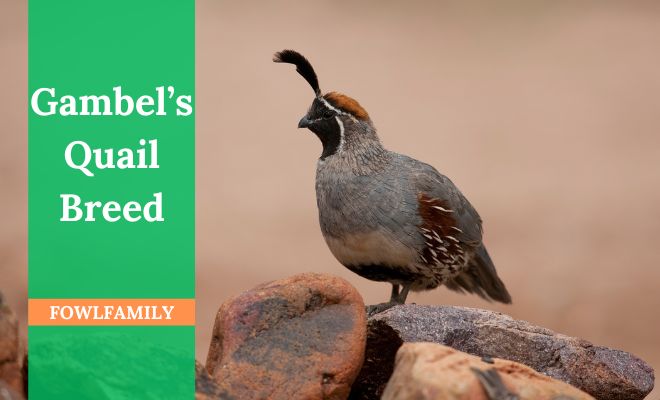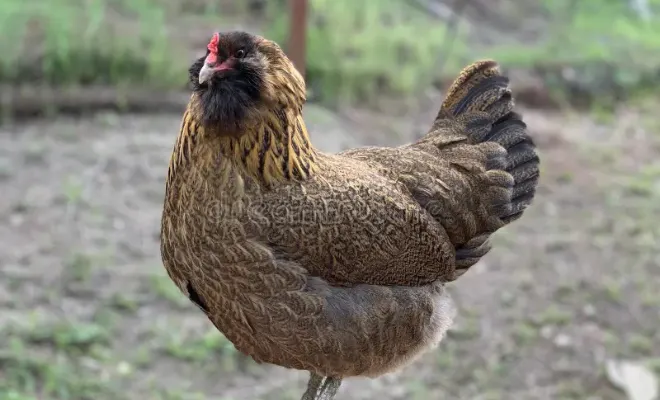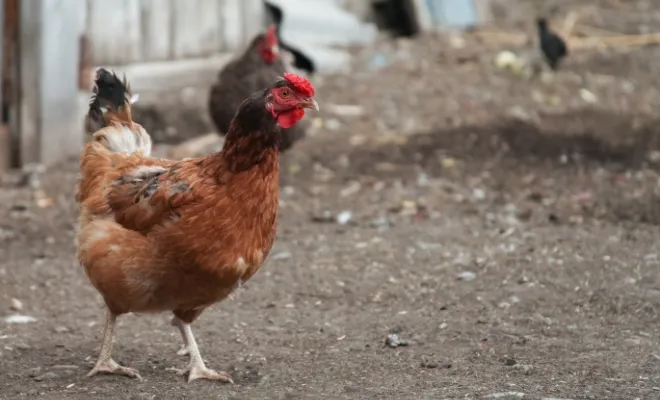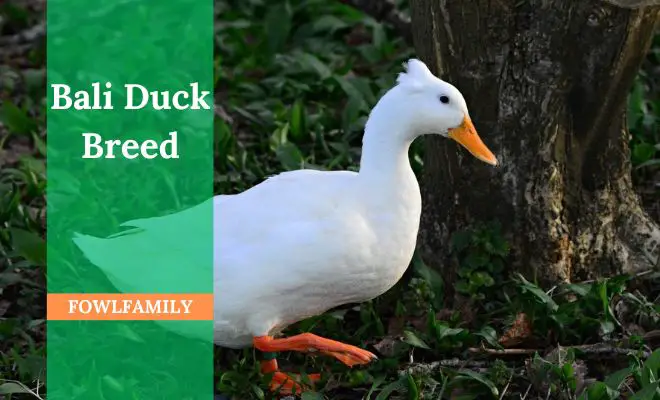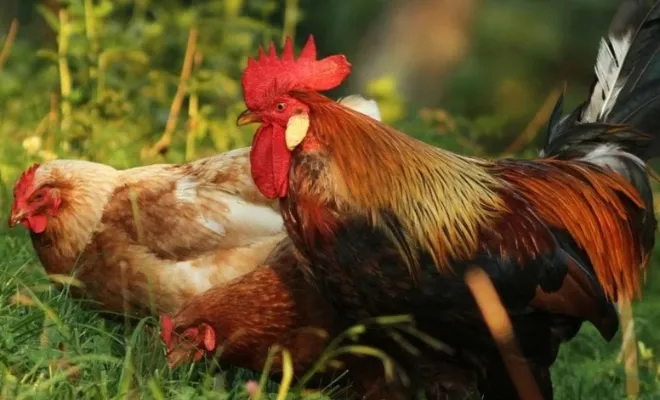5 Quail Breeds That Are Great For Poultry Keepers
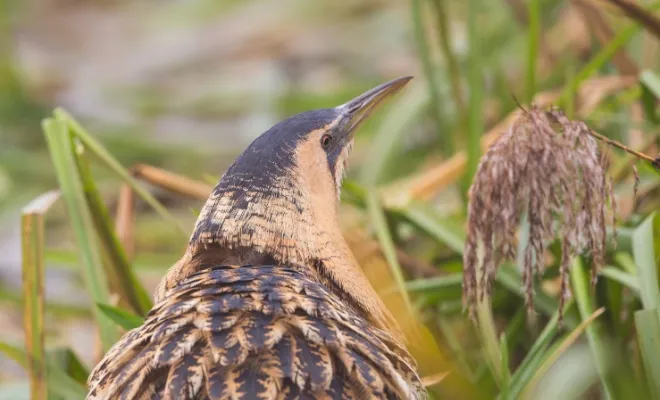
Raising quail can be a fun and rewarding hobby for backyard poultry keepers. They require less space and feed compared to chickens, making them an attractive option for small farms or urban homesteaders.
But what are the quail breeds that are great for poultry keepers? There are many, and it also depends on your choice. But I personally keep the Coturnix, Bobwhite, and the Blue-Scale Quails at the top of the list. They serve different purposes and are probably the finest choice for small-scale farmers.
In this article, we’ll highlight 5 of the best quail breeds to consider raising in your backyard flock. We’ll summarize their traits, personalities, and benefits to help you determine if they may be a good fit for you. So, keep on reading!
Table of Contents
5 Quail Breeds That Are Great for Poultry Keepers Based on Purpose They Serve!
Well, I’ll try to make the entire discussion smooth and easygoing. Cover the key things you should know to make your decision easier. I’ll consider different purposes for choosing breeds here. Let’s start!
Pick 1: The Egg-Cellent Coturnix Quail
If you make a list of the best breeds of quail, the Coturnix will top the chart any day. You’ll know why after reading this section. But for now, let’s see some of the key information about the Coturnix quail.
- Originated in Europe and northern Africa. The most common domestic quail is raised for meat and eggs.
- Small, averaging 5-7 oz. Fast growth rate and early egg production at 6-8 weeks old.
- Prolific layers of small, speckled, light brown eggs. Average 280 eggs per year.
- It comes in a variety of color mutations, such as white, yellow, or black plumage.
Personality Assessment
Coturnix quail has a reputation for being flighty and high-strung. I recommend handling them gently when they’re young. If you do so, they can become quite tame and interact with their keepers.
Their high productivity makes them a great starter quail for children’s projects or even county 4H fairs.
Why They’re Great for Raising?
Coturnix is the easiest quail for first-time keepers to raise. Here are the key facts for keeping them for poultry purposes –
- They’re hardy
- Small in size
- Coturnix has a quick growth rate
- High egg production
All these things that backyard hobby farmers look for, ain’t it?
Coturnix quails have many variants around the world. All these variants are excellent layers and are known for docile temperament. Jumbo Coturnix and Japanese Coturnix are specifically famous for their eggs and personality.
They require very little space and can produce a high yield of meat and eggs for their enclosure size.
What are the Potential Downsides?
Their egg size is small (Not the Jumbo Coturnix) compared to other breeds. And the aforementioned skittish personality in some bloodlines. Other than these, no significant downsides!
Pick 2: The Sporty Bobwhite Quail
Bobwhite quail has some downsides compared to the Coturnix. But still, it’s on the list because of the personality and purpose. Let’s take a look at the breed in a nutshell:
- Wild North American quail. Mainly domesticated for meat, eggs, and hunting.
- Small, averaging 6-8 oz. Slower growth and laying rate than Coturnix.
- Lay large, cream-colored eggs with dark speckles. Average 230 eggs per year.
- Timeless appearance. Bobwhites come in a classic mottled brown and white feather pattern on the wild types.
Personality Assessment
Bobwhites are known to be quite friendly and docile once accustomed to their keepers. These qualities made them a good quail for pets or children’s projects. They become more tamed if handled frequently from a young age.
Why They’re Great For Raising?
Bobwhite meat, eggs, and breeding stock can sell for higher prices than Coturnix. Their larger egg size is also a plus for consumption. Verified market published research claiming the global quail egg market will increase by 50% within the next 5 years.
As a native wild quail, they’re well-suited for backyard enclosures that mimic natural habitat. Plus, since they’re good flyers, they’re good for sports!
What are the Potential Downsides?
Well, I’ve already said they have some backlogs. Bobwhite quails have a much slower growth and laying rate compared to Coturnix. They might start laying eggs at 26 weeks of age. Not the easiest starter quail for novices!
Pick 3: The Blue Scale Quails are Sweethearts!

The beautiful blue scale quails are the breed from the 70s. They’re comparatively large and can add great beauty to your backyard. Let’s take a look at this quail breed in a nutshell.
- A relative newcomer among domestic quails developed in Europe in the 1970s.
- Large, averaging 8-11 oz. Moderate growth rate starts laying at 10-12 weeks.
- Lay extra-large speckled brown eggs, around 200 per year.
- Named for the unique blue and black mottled scale-like feather pattern on males.
Personality Assessment
Blues are relaxed, friendly birds once settled into a flock. The most docile and easily handled of domestic quails. Even male Blues lack aggression issues that other quail breeds can exhibit.
However, they can be jumpy and flighty if not raised with frequent human interaction.
Why They’re Great for Raising?
Their large size and egg production make Blues excellent for meat and eggs. That easy-going temperament also lends well for backyard pets and county exhibitions. They stand out for exhibition with that beautiful plumage.
Here’s a video featuring Blue Scale Quails enjoying the sunshine:
What are the Potential Downsides?
Cost and availability for purchase can be more limited than other breeds. Plus, some challenges are establishing bloodlines outside Europe. However, they can be good flyers. So, handle them gently and take more care if required.
Not an ideal pick if you’re a beginner, I guess!
Pick 4: The Historic Pharaoh Quail

Pharaoh quail has a long history with humans. People admired them for their unique plumage and valued them for their rich-flavored meat. Let’s have a look at this historical breed shortly.
- They were first tamed back in ancient Egyptian and Middle Eastern societies.
- These small birds, weighing just six to eight ounces, became an integral part of early civilizations.
- Small, averaging 6-8 oz. Moderate growth rate.
- Start laying eggs at around 8 weeks of age. Average egg production is 280 eggs per year.
- Reputed for richly-flavored meat. Lay an average number of smaller light brown eggs.
- Four classic color variants continue – the brilliant Manchurian gold, the subtle silver grey, an elegant brown/black, and a stately solid white.
Personality Assessment
Pharaohs reveal an observant nature, earning them a reputation for intelligence among quail breeds. With patient work, owners can train young Pharaohs to fly on command.
Why They’re Great for Raising?
Pharaohs combine that ornamental appeal of unique feather colors with reputedly superior meat quality. Their moderate size limits total meat production, but the quality still shines through.
Plus, the historic background draws interest from fanciers. And those trained recall abilities translate into good exhibition potential.
What are the Downsides?
Some challenges balance out the appeal, though. Primitive incubation techniques and small flocks risked heavy inbreeding depression over time.
Without periodic outcrossing to introduce new blood, existing genetic diversity remains under threat.
But breeders today prioritize hardier lines selected from the healthiest historical stock.
Pick 5: The Giant Golden Manchurian
I must say the Golden Manchurian isn’t on the level we’re talking about. They’re not the best. But still adding them because they’re large and can be great for meat production.
Let’s take a look at their breed in a nutshell.
- Developed in North America from stock imported from Asia.
- Large, averaging 10+ oz – one of biggest domestic quail. Fast growth for the size.
- Lay large cream-colored eggs with brown speckles, around 250 per year.
- Come in a beautiful golden-yellow plumage; females may show some darker mottling.
Personality Assessment
The so-called “gentle giant” of domestic quail. I’m calling it so-called because the males can show typical territorial aggression. Generally docile and tolerant of handling if raised properly and hardy.
Why They’re Great For Raising?
That combination of very large size for higher meat yield plus good laying rates makes Goldens excellent for homestead-scale production. Their graceful appearance also appeals to fanciers.
Potential Downsides
The bright yellow feathering of cocks may stain from oil and dirt over time, impacting appearance. Since they’re big, they require big space and proper handling. Not for you if you’re a noob in raising ducks.
6 Reasons Why You Should Raise Quail
I think you already have got your answer. Let me share my opinions on why you should raise quails. This might extend your thoughts on raising quails.
- Farm-fresh quail meat and eggs for home consumption. Much richer flavor than their commercial equivalents.
- Supplemental income from sales of meat, eggs, live birds, or breeding stock to other local poultry keepers.
- An engaging project for children that teaches agricultural education and responsibility.
- An environmentally-friendly method of sustainably producing your own protein supply.
- Ornamental appeal from their caging setup or beautiful plumage brightening your backyard.
- Participation in agricultural shows to exhibit your prized birds among peers and the community.
Recommended Articles:
FAQs
Have a look at the Q&A below. This might help you get more interesting things and gain knowledge.
Q: What quail breed is easy to keep for new poultry keepers?
Coturnix quail is most often recommended for first-time keepers. Their hardiness, small enclosure requirements, quick growth to slaughter weight or laying maturity, and incredible egg production rates make starting out easier.
Q: What breed of quail has the friendliest personality?
Bobwhite and Blue Scale quail tend to be cited as the most docile and easily handled once settled into a flock. They’re adorable and familiar with their caretakers.
Q: Which quail breed lays the largest eggs?
Jumbo Coturnix quail lays extra-large-sized eggs compared to other common domestic breeds. Bobwhites and Gold Manchurians also lay larger eggs than average.
Q: What is the difference between Coturnix and Bobwhite quail?
When differentiating Coturnix and Bobwhite Quail, Coturnix originated in Europe/Africa. While Bobwhites are a North American wild species that were later domesticated. Coturnix matures earlier and has higher laying rates. Bobwhites have slower growth but larger egg size. Bobwhites are often considered more docile once tame.
Q: Should I keep a rooster with my quail hens?
Usually not – many quail keepers report aggressive behavior from males kept long-term with hens outside breeding seasons. Meat producers separate males at 5-6 weeks old. Backyard egg raisers often keep female-only Coturnix flocks.
Summary of the Study
I hope this little guide gave you a good introduction to some of the best quail breeds out there for small-scale keepers! What captivates so many folks about raising quail are their petite size, lively antics, beauty, and handy egg and meat output in general.
But every homestead is different. Make sure you research to find the right breeds that fit your vision. Build them a safe, comfy quail mansion suited to their needs. Handle them with patience and care, and I swear you’ll be rewarded joy from your flock.

